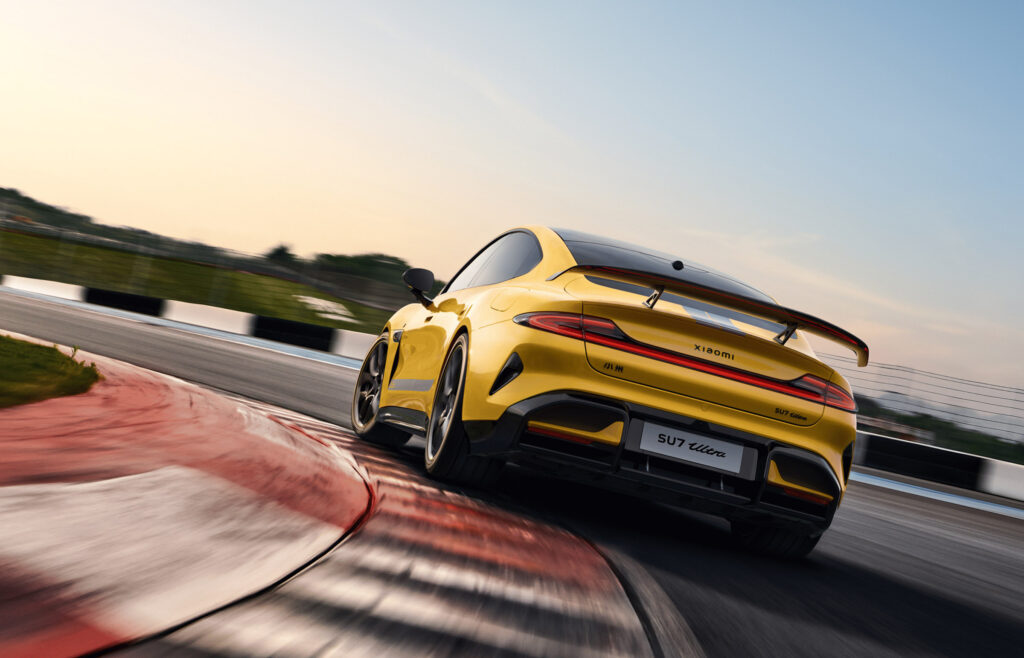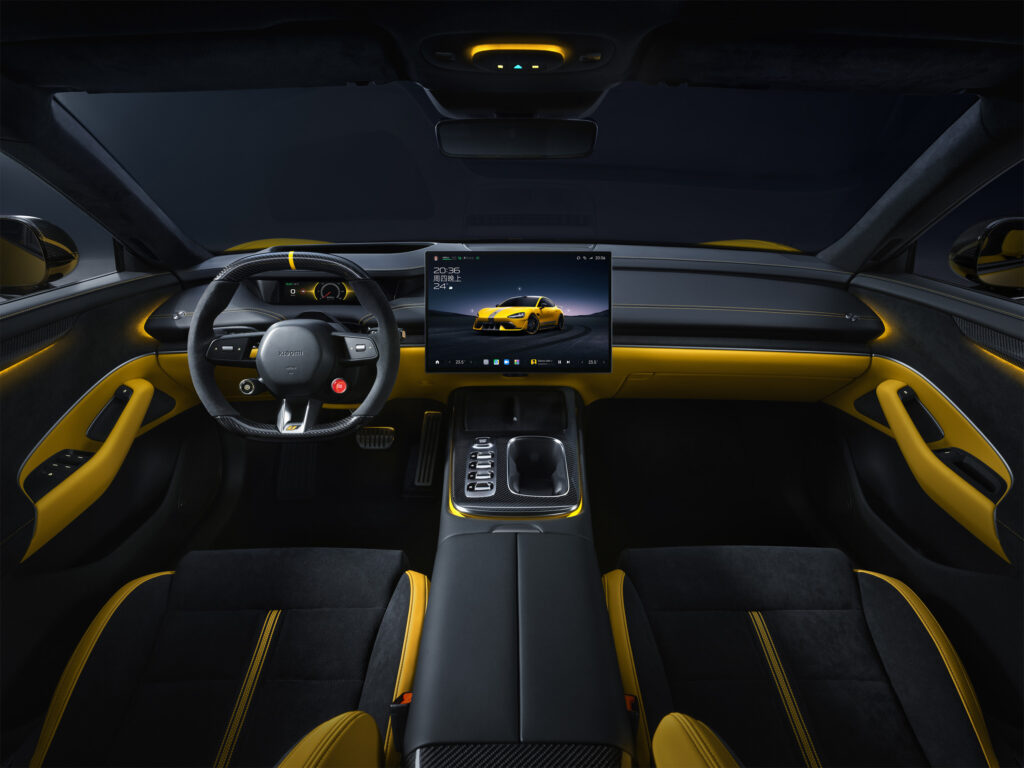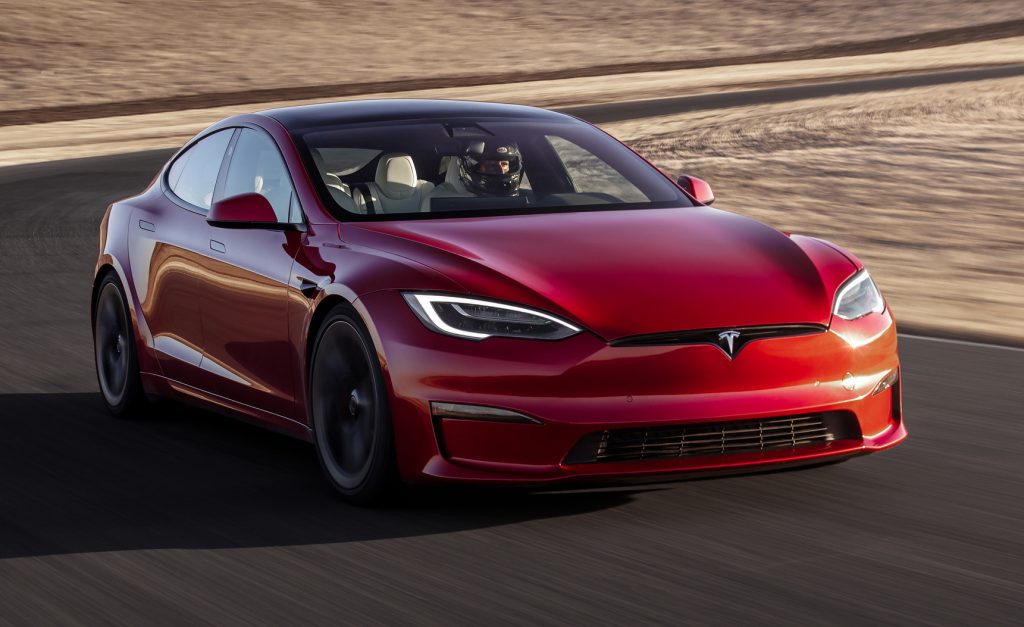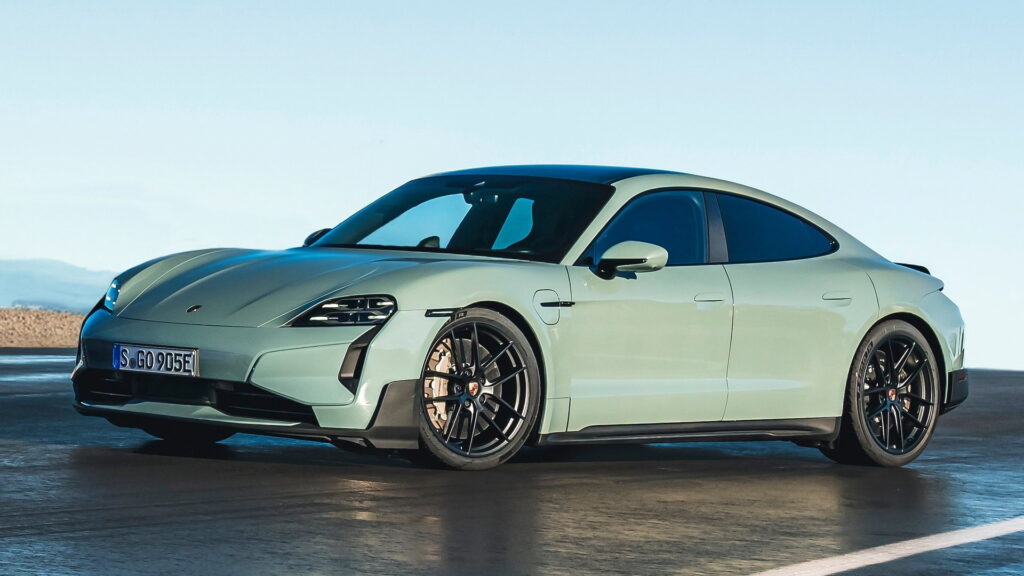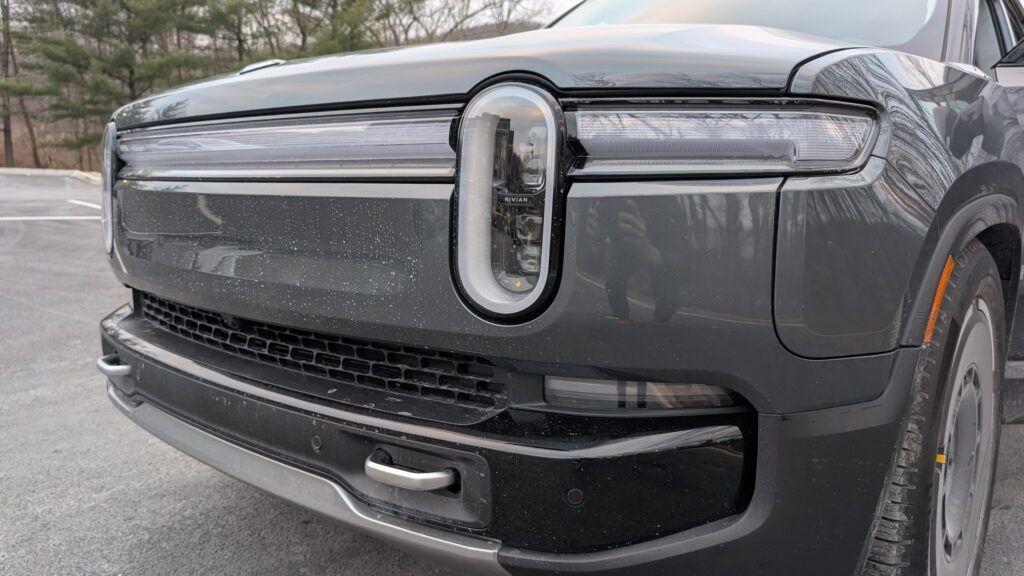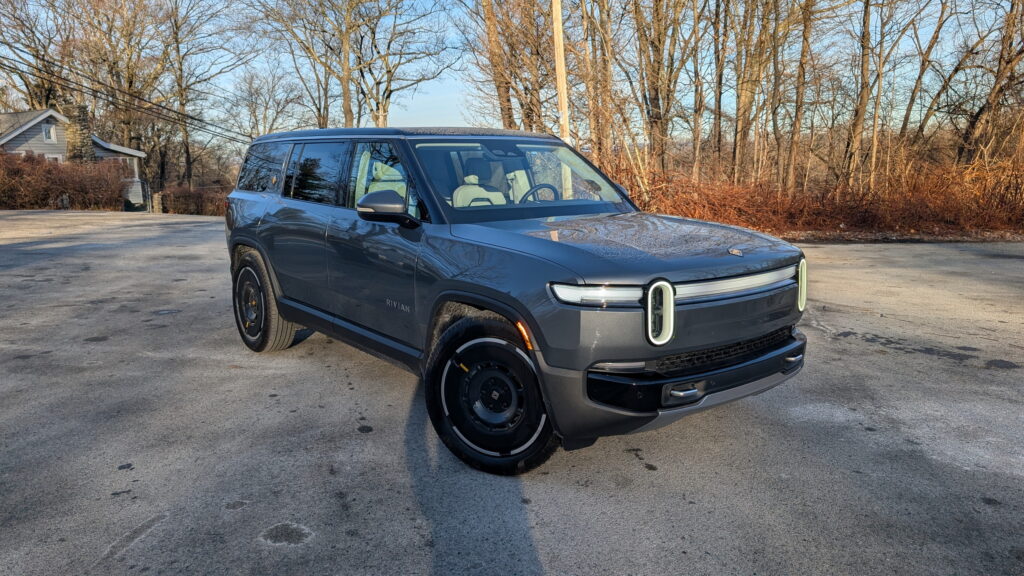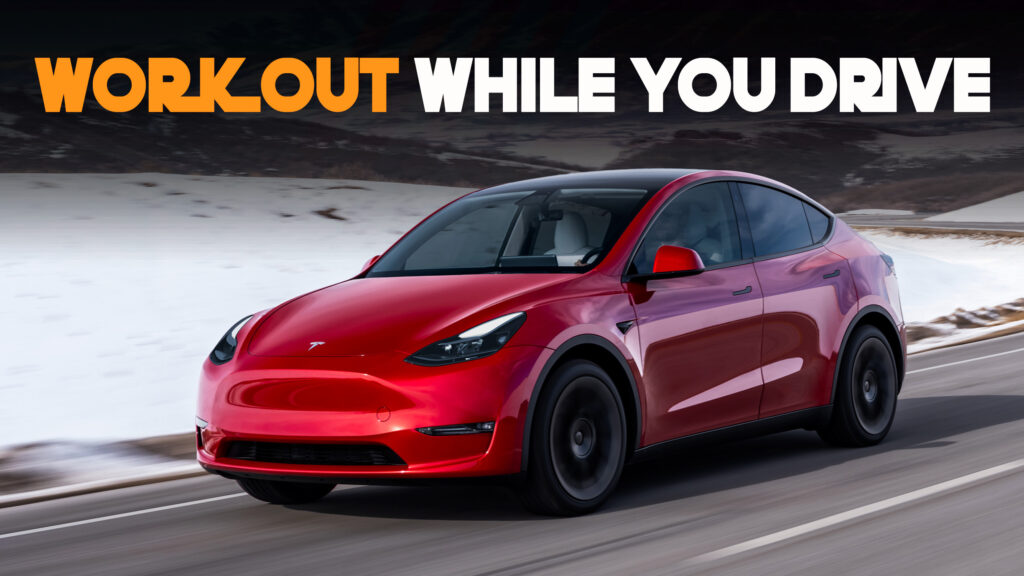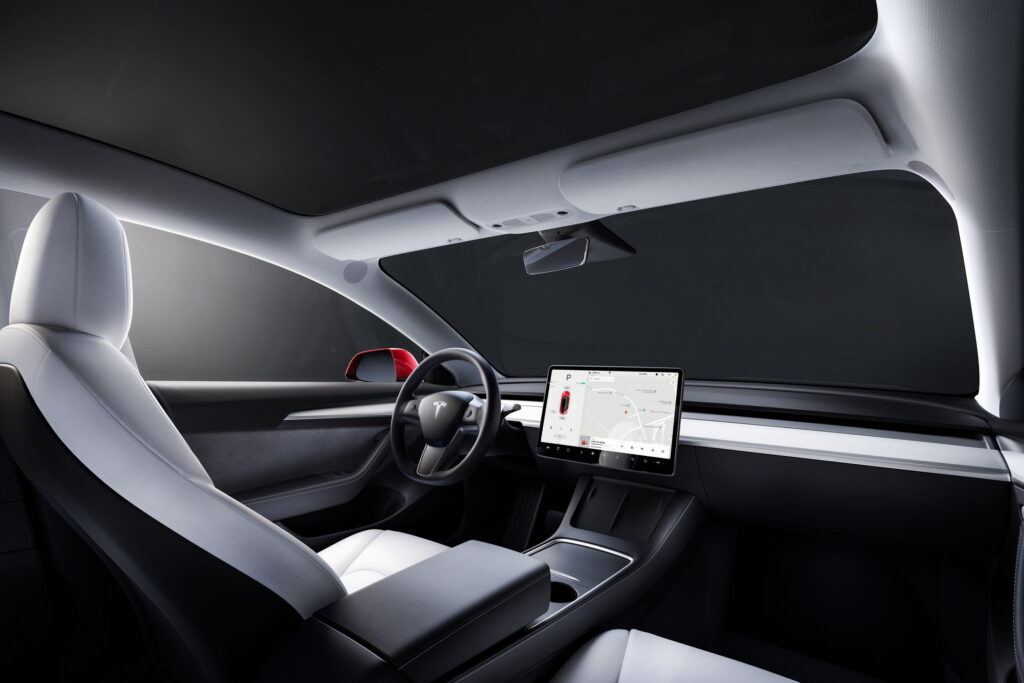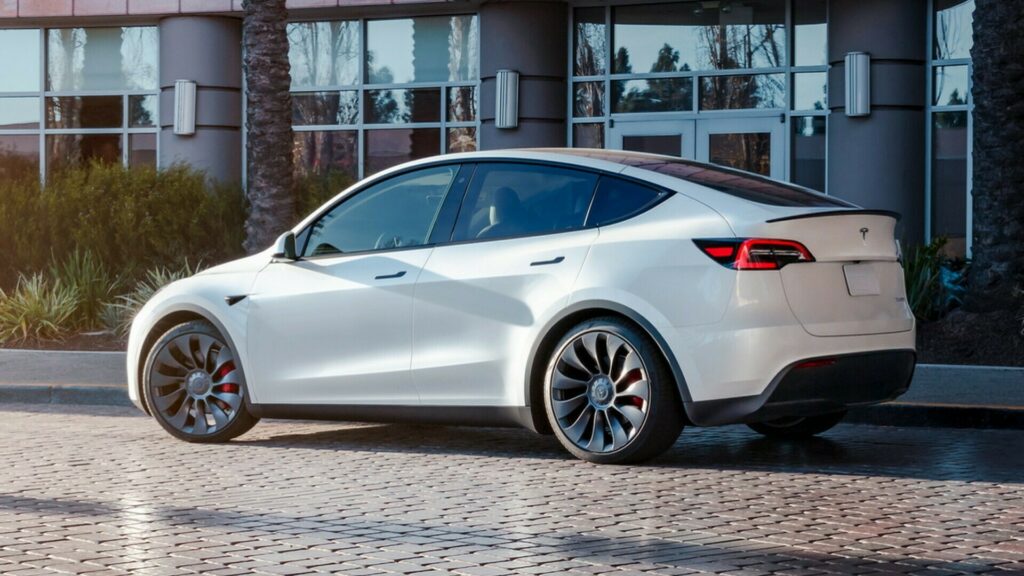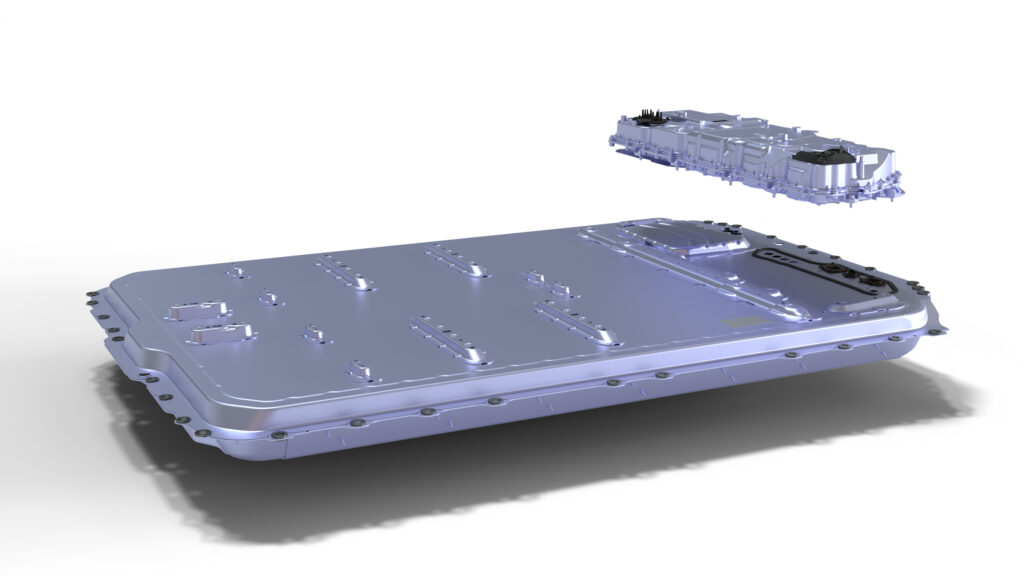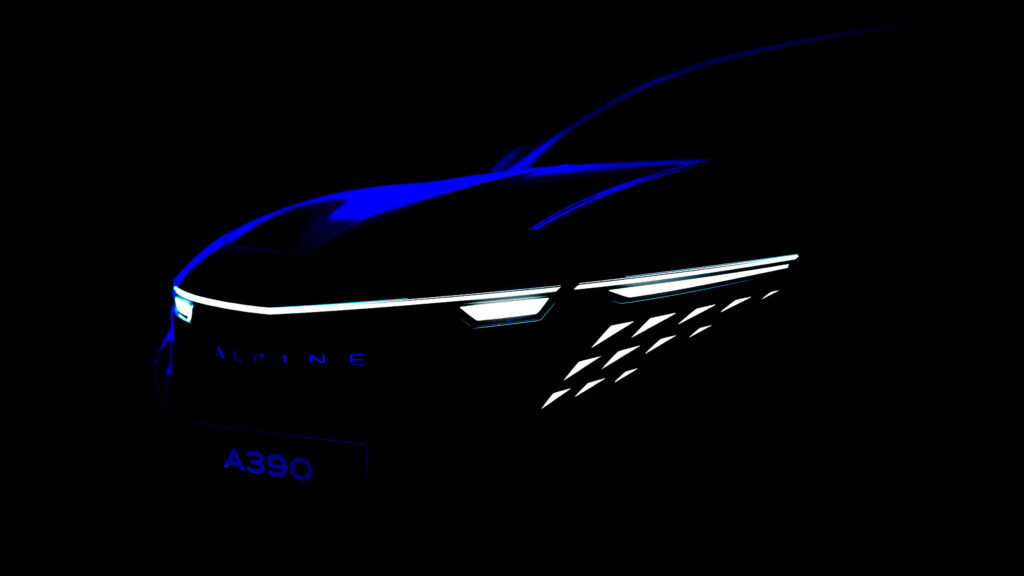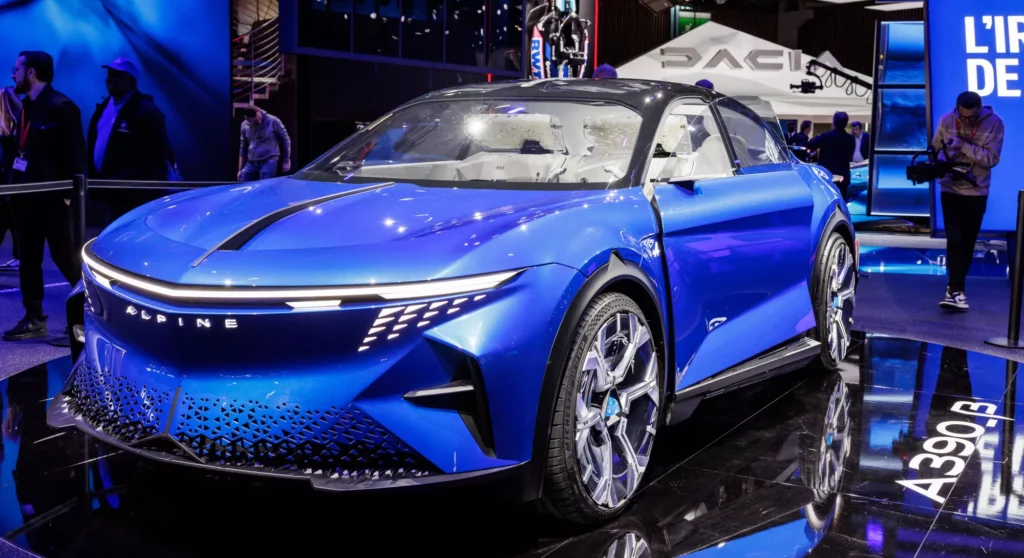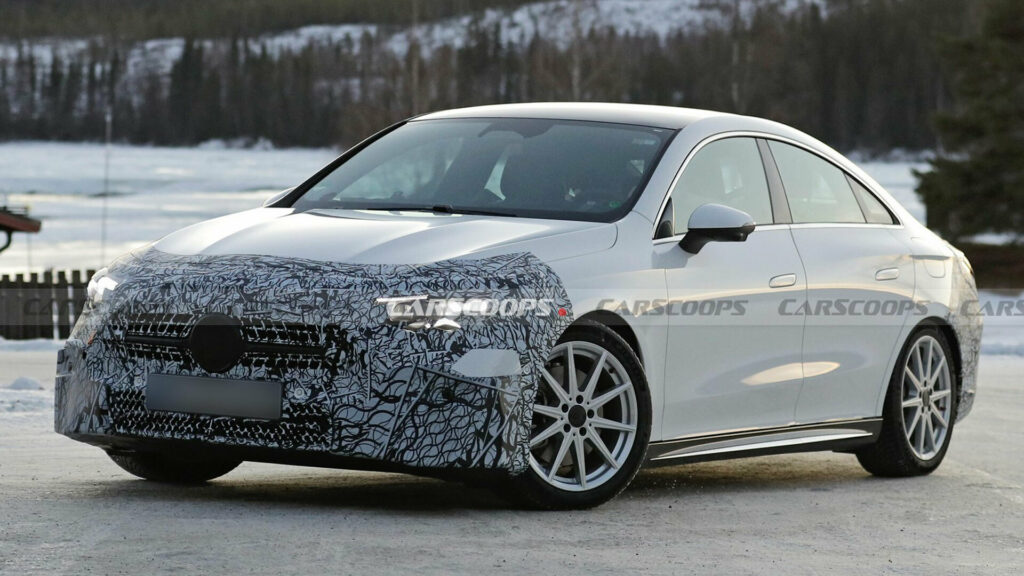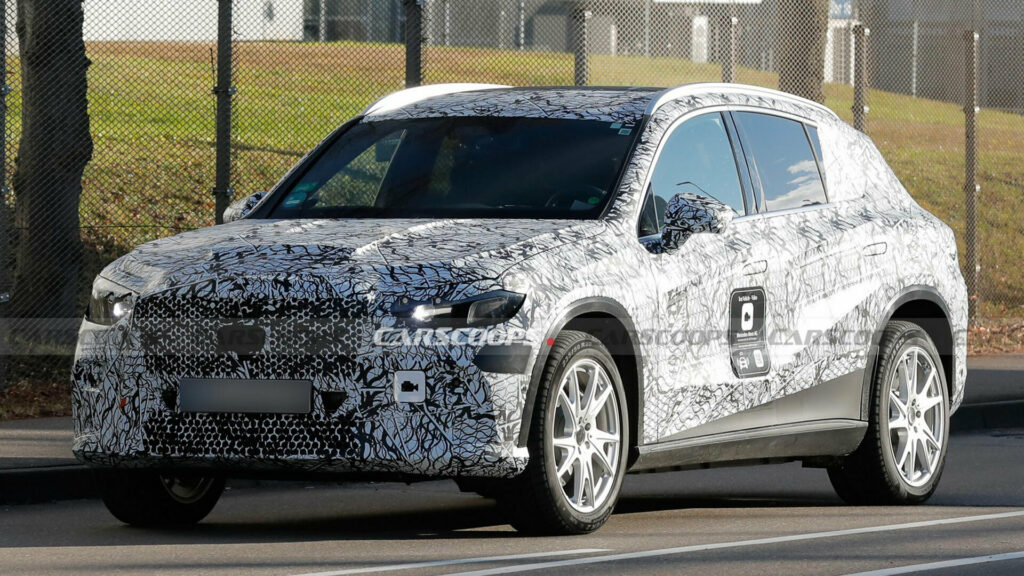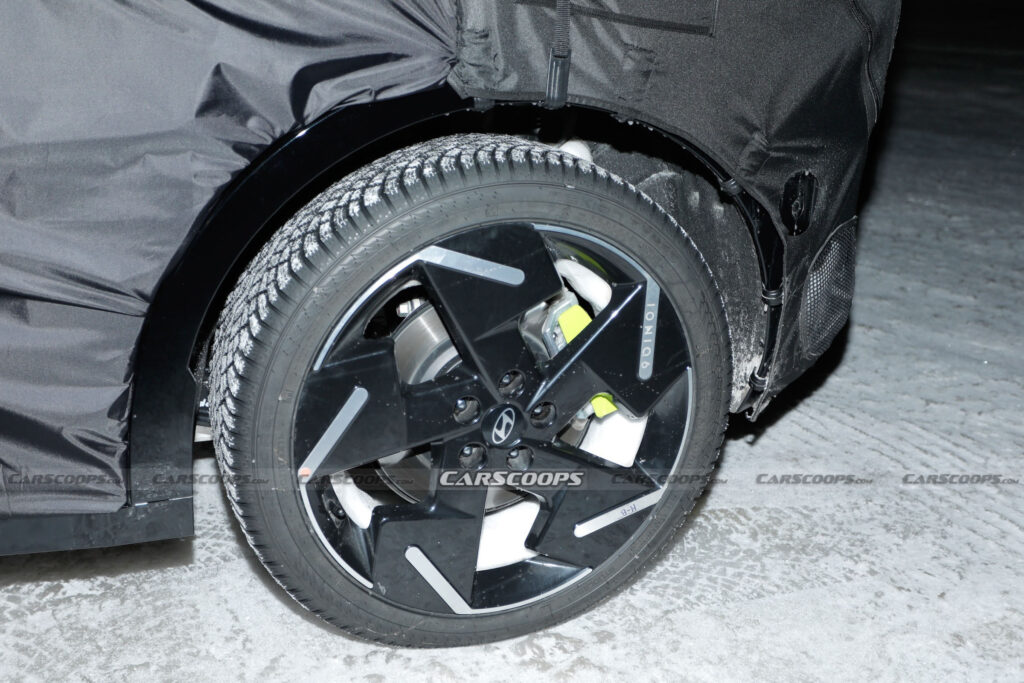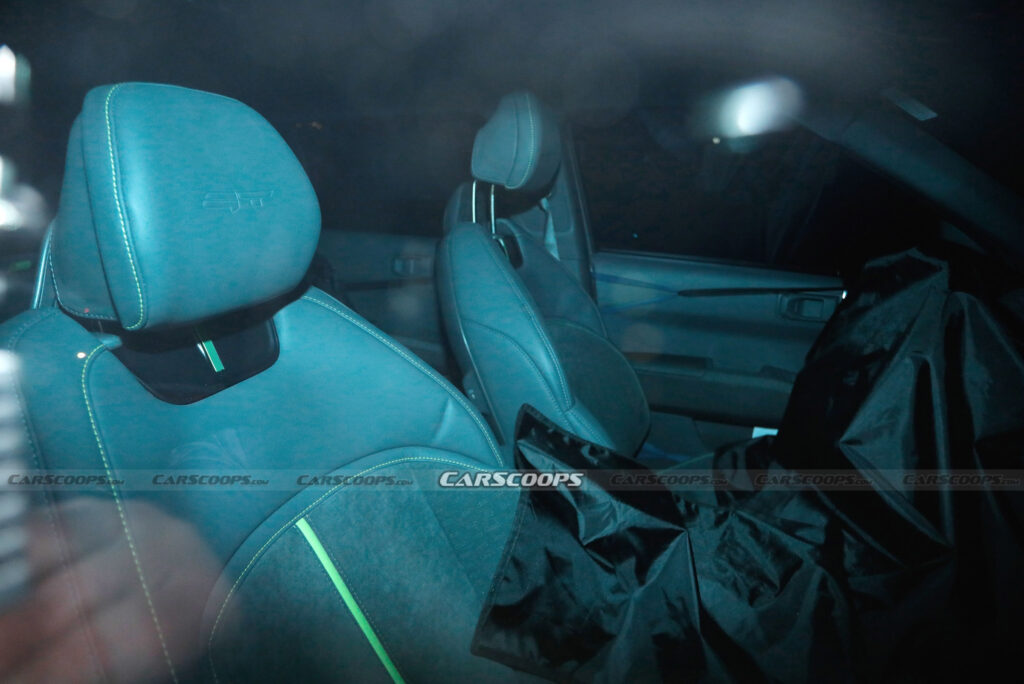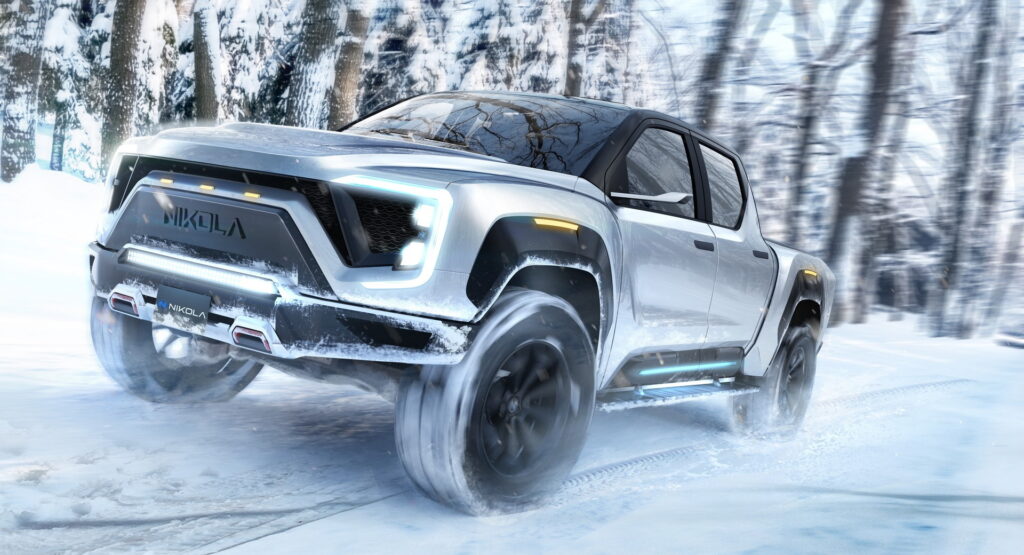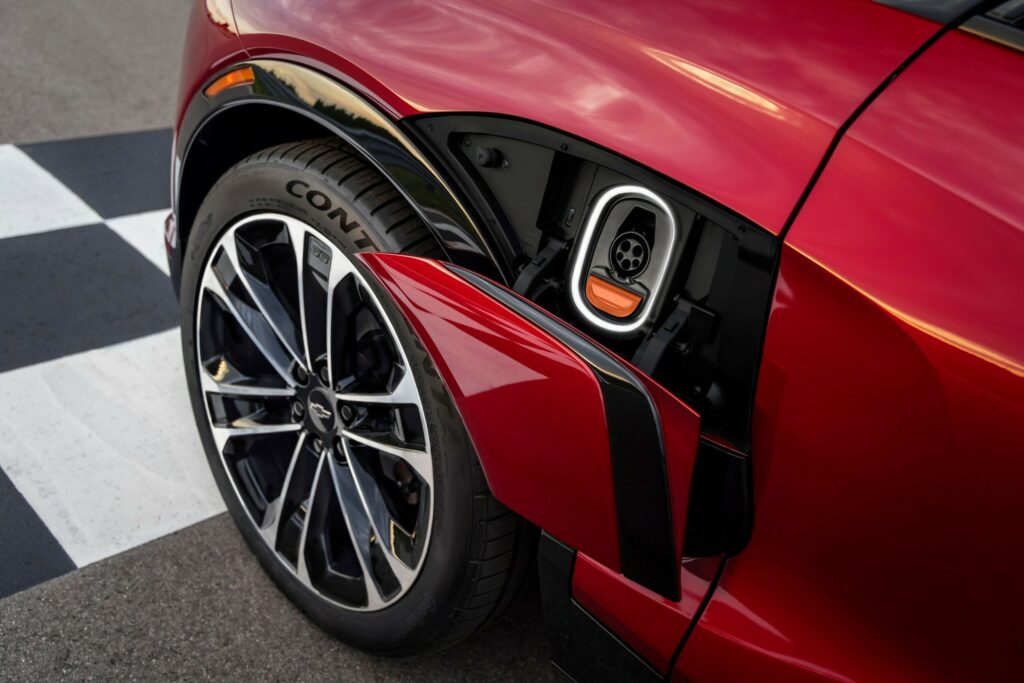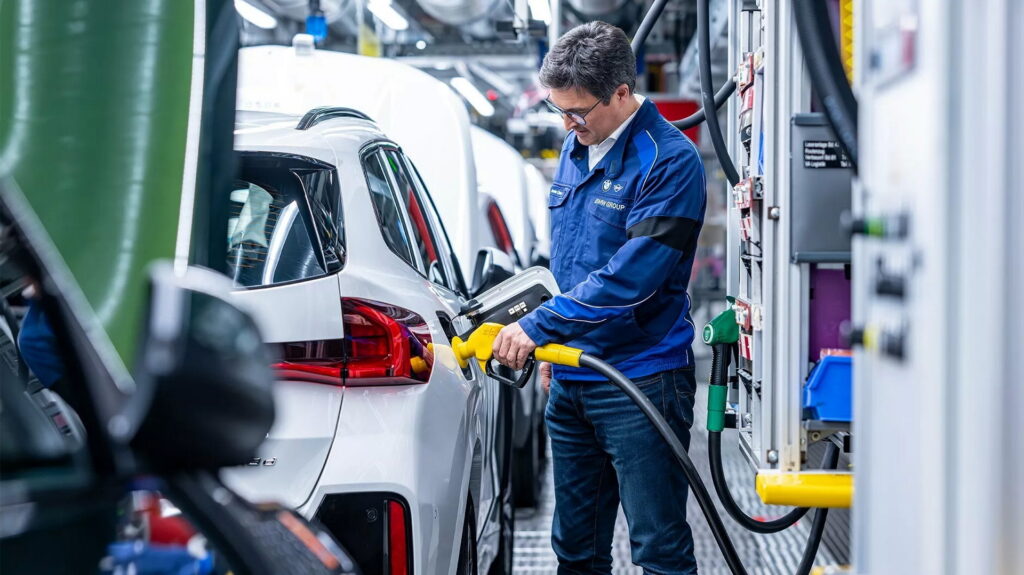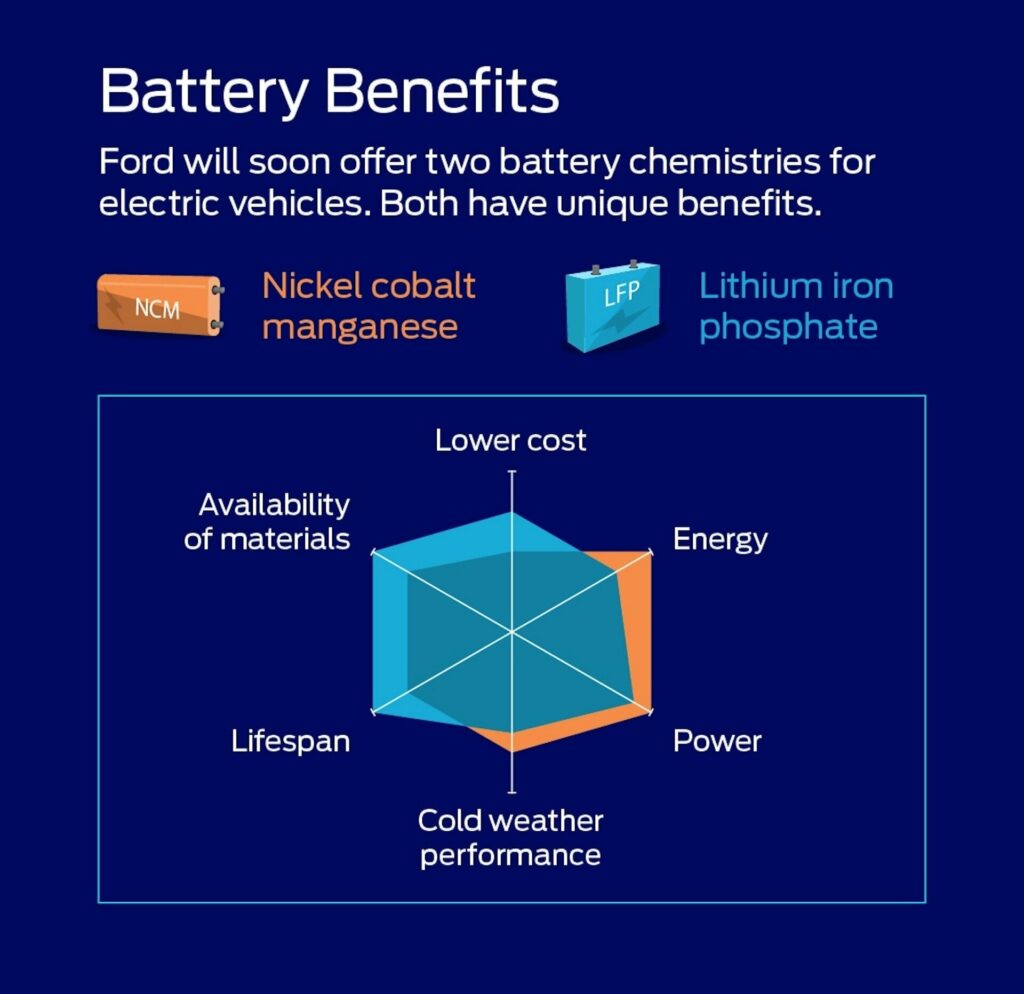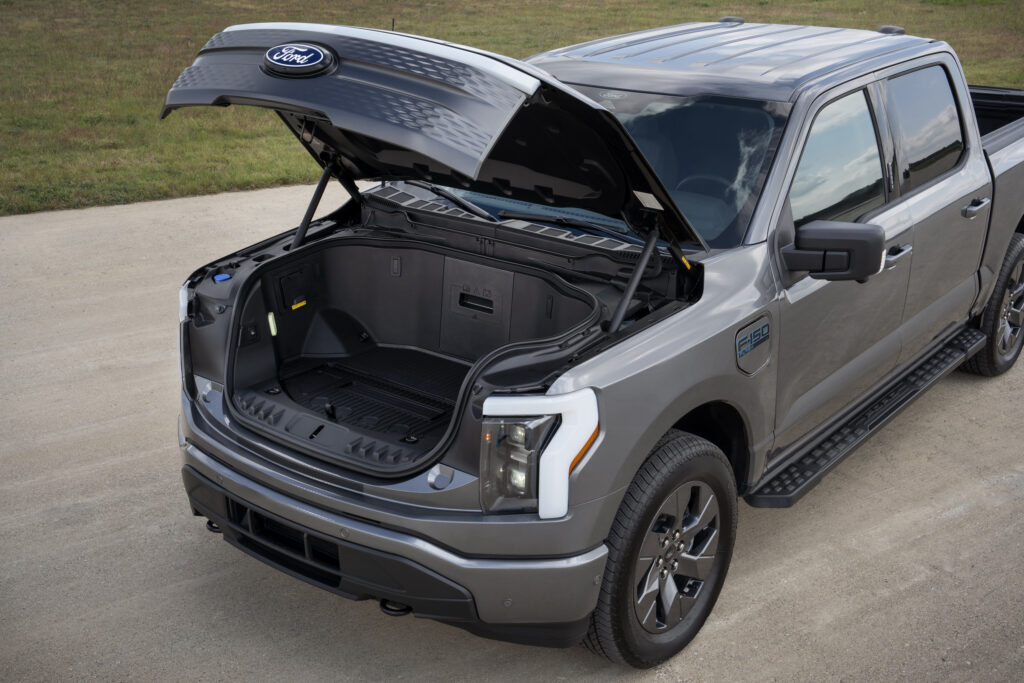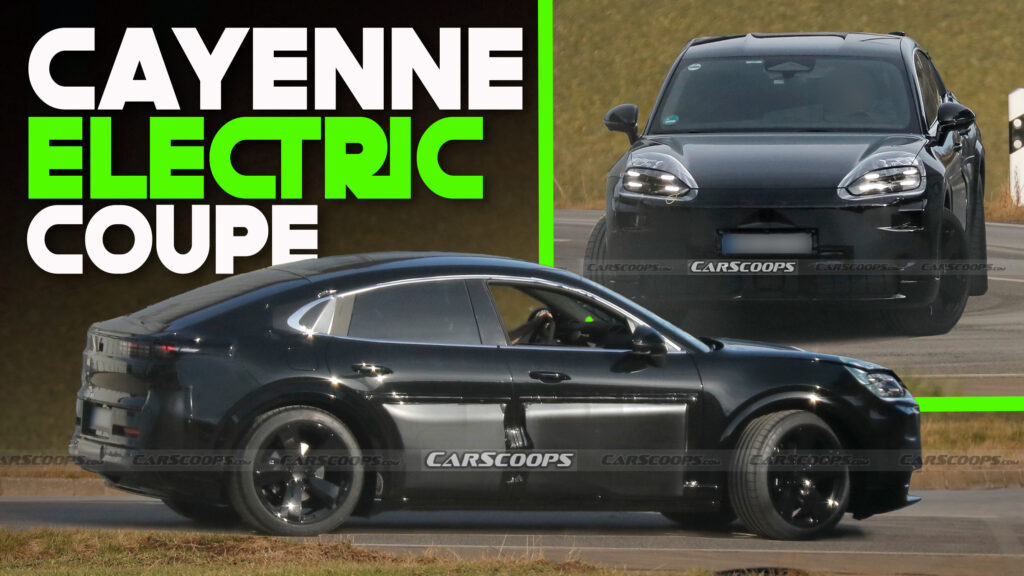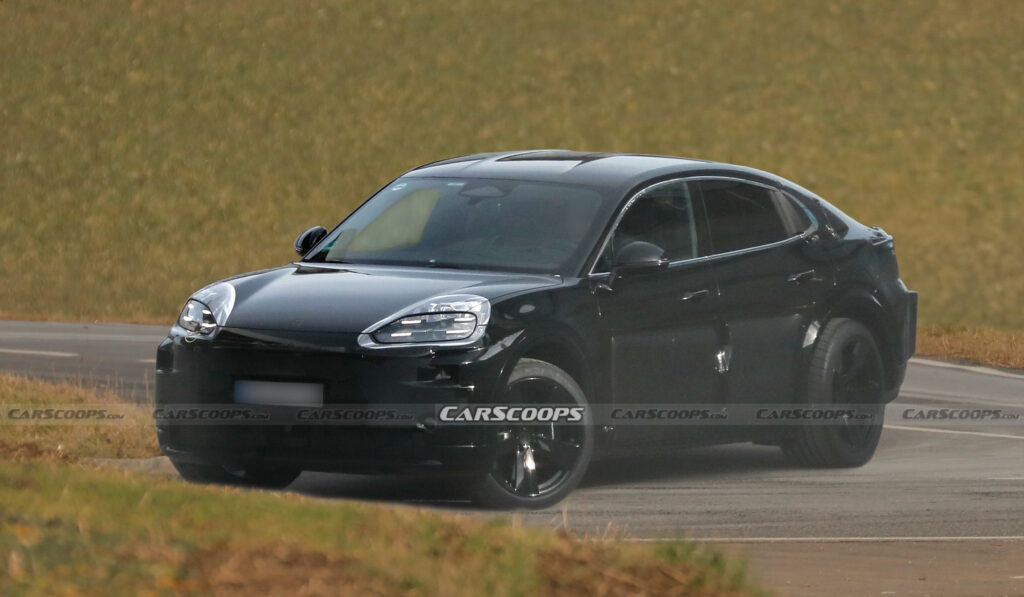The Hyundai Ioniq 5 Is Stealing Tons Of Buyers From Other Brands
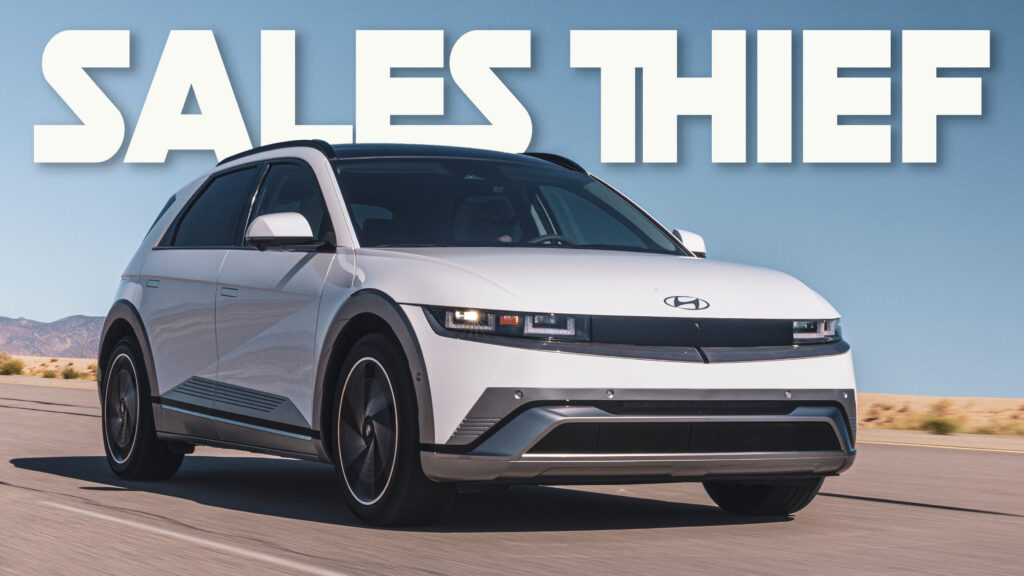
- Almost three quarters of Ioniq 5 buyers are switching to Hyundai from another brand.
- The model has a 22 percent better conquest win rate than other Hyundai models.
- Cadillac’s Lyriq SUV is also stealing buyers, but the Toyota bZ4X fares less well.
If the sharp design, impressive tech and strong performance of the Ioniq 5 made you see Hyundai in a new light, you’re not alone. New data shows the model has helped the Korean brand pinch thousands of customers away from other automakers.
More than 74 percent of Ioniq 5 sales were conquests from competitor brands, according to figures from S&P Global Mobility analyzing electric vehicle trends between January and October 2024. That puts the Ioniq 5 almost 22 percentage points ahead of the average Hyundai vehicle when it comes to brand conquest rates.
Related: Hyundai’s Best January Ever Sees EV Sales Surge 15% As Ioniq 5 Rockets 54%
Cadillac’s Lyriq is another EV that’s achieved what none of the GM luxury brand’s other cars have been able to do. Close to 73 percent of Lyriq buyers are jumping to Cadillac from other automakers, that figure being 16 percentage points better than Caddy’s average.
Further down the list, some brand’s models have a lower outright conquest rate than the Lyriq and Ioniq 5, but are worthy of note because they perform so much better than the marques’ other cars.
Take the Mustang Mach-E and Ford F-150 Lightning, for example. Ford’s overall conquest rate is the lowest on the table at less than 37 percent, but the Mach-E and Lightning both achieve at least 21 percentage points more in terms of conquests.
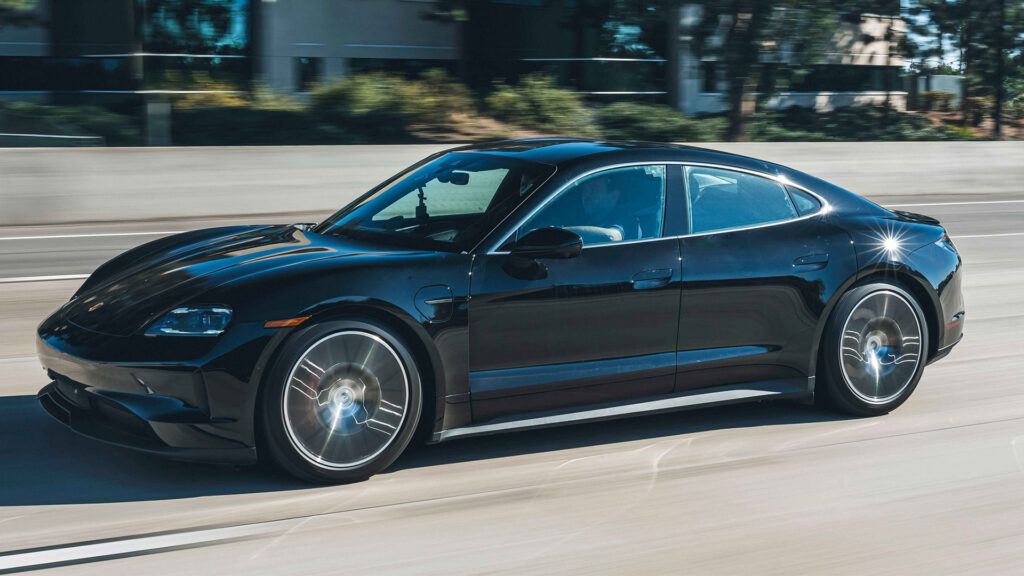
Not all of the EVs in the conquest league table proved more effective than their ICE-powered sister models at luring customers from rival brands. The Porsche Taycan’s 61.2 percent conquest rate looks solid until you realize that number is 0.3 percentage points lower than the average Porsche figure.
And Toyota’s bZ4X puts in an embarrassing performance right at the bottom of the list. Just 33.5 percent of the electric SUV’s buyers were new to the Japanese brand, down 7 percentage points on its 40.5 percent average win rate. The bZ’s Subaru Solterra twin was third from bottom, though it’s 45.3 percent conquest rate was significantly less awful. Both the bZ4X and Solterra offer less power and range than other EVs like the Ioniq 5, and potential buyers appear not to have missed those facts.
Conquest Rates Compared To Brand Average
| # | Model | Conquest Rate of Model | Conquest Rate of Brand | +/- Brand (pp) |
| 1 | Hyundai loniq 5 | 74.2% | 52.5% | 21.7 |
| 2 | Cadillac Lyriq | 72.6% | 56.6% | 16.0 |
| 3 | GMC HUMMER | 71.3% | 55.0% | 16.3 |
| 4 | Kia EV6 | 70.3% | 57.4% | 12.9 |
| 5 | Volkswagen ID4 | 70.3% | 56.1% | 14.2 |
| 6 | Volvo XC40 Recharge | 69.5% | 58.9% | 10.6 |
| 7 | MINI Cooper EV | 68.3% | 60.2% | 8.1 |
| 8 | Hyundai loniq 6 | 65.5% | 52.5% | 13.0 |
| 9 | Hyundai Kona EV | 65.3% | 53.0% | 12.3 |
| 10 | Audi Q4 E-TRON | 62.0% | 54.6% | 7.4 |
| 11 | Kia Niro EV | 62.0% | 57.4% | 4.6 |
| 12 | Porsche Taycan | 61.2% | 61.5% | -0.3 |
| 13 | BMW 14 | 60.4% | 51.4% | 9.0 |
| 14 | Ford Mustang Mach-E | 59.5% | 36.4% | 23.1 |
| 15 | Nissan Leaf | 58.9% | 41.3% | 17.6 |
| 16 | Ford F-150 Lightning | 58.2% | 36.7% | 21.5 |
| 17 | Mercedes-Benz EQB | 56.6% | 53.1% | 3.5 |
| 18 | Mercedes-Benz EQS SUV | 53.3% | 53.1% | 0.2 |
| 19 | BMW IX | 52.9% | 51.9% | 1.0 |
| 20 | AUDI E-TRON GT | 51.0% | 43.7% | 7.3 |
| 21 | Mercedes-Benz EQE SUV | 50.7% | 52.6% | -1.9 |
| 22 | Mercedes-Benz EQS | 49.5% | 54.5% | -5.0 |
| 23 | Audi Q8 E-TRON | 48.2% | 55.2% | -7.0 |
| 24 | BMW 17 | 47.9% | 50.5% | -2.6 |
| 25 | Lexus RZ | 47.5% | 55.1% | -7.6 |
| 26 | Mercedes-Benz EQE | 45.3% | 53.1% | -7.8 |
| 27 | Subaru Solterra | 45.3% | 47.6% | -2.3 |
| 28 | Nissan Ariya | 40.9% | 41.3% | -0.4 |
| 29 | Toyota BZ4X | 33.5% | 40.5% | -7.0 |
AVG 36-Month Lease Payment & Inventory
| # | Model | Avg 36m lease PMT (Sep-24) | Inventory Under MSRP (Nov-24) | Incentives % of MSRP |
| 1 | Porsche Taycan | $2,115 | 1% | 6% |
| 2 | GMC HUMMER EV | $1,188 | 35% | 4% |
| 3 | Lexus RZ | $666 | 24% | 33% |
| 4 | Volvo XC40 Recharge | $719 | 43% | 9% |
| 5 | BMW IX | $1,013 | 1% | 23% |
| 6 | BMW i4 | $735 | 1% | 13% |
| 7 | Nissan Ariya | $568 | 78% | 27% |
| 8 | Ford Mustang Mach-E | $587 | 70% | 21% |
| 9 | Hyundai Kona EV | $413 | 30% | 3% |
| 10 | VW ID4 | $514 | 60% | 30% |
| 11 | Kia EV6 | $508 | 73% | 45% |
| 12 | Hyundai loniq 5 | $504 | 62.00% | 14% |
| 13 | Mercedes EQE | $853 | 1% | 18% |
| 14 | Nissan Leaf | $338 | 67% | 35% |
| 15 | Hyundai loniq 6 | $478 | 71% | 22% |
| 16 | Ford F-150 (Lightning) | $753 | 70% | 9% |
| 17 | Audi Q8 E-TRON | $917 | 32% | 12% |
| 18 | Kia Niro EV | $353 | 62% | 12% |
| 19 | Audi Q4 E-TRON | $630 | 40% | 20% |
| 20 | Toyota BZ4X | $447 | 30% | 26% |
| 21 | Mercedes EQE SUV | $868 | 2% | 18% |
| 22 | BMW i7 | $1,501 | 2% | 16% |
| 23 | Subaru Solterra | $411 | 48% | 25% |
| 24 | MINI Cooper EV | $351 | 1% | 4% |
| 25 | Mercedes EQB | $563 | 1% | 19% |
| 26 | Mercedes EQS | $1,381 | 2% | 22% |
| 27 | Cadillac Lyriq | $791 | 25% | 18% |
| 28 | Audi E-TRON GT | $1,121 | 28% | 45% |
| 29 | Mercedes EQS SUV | $1,212 | 3% | 11% |

